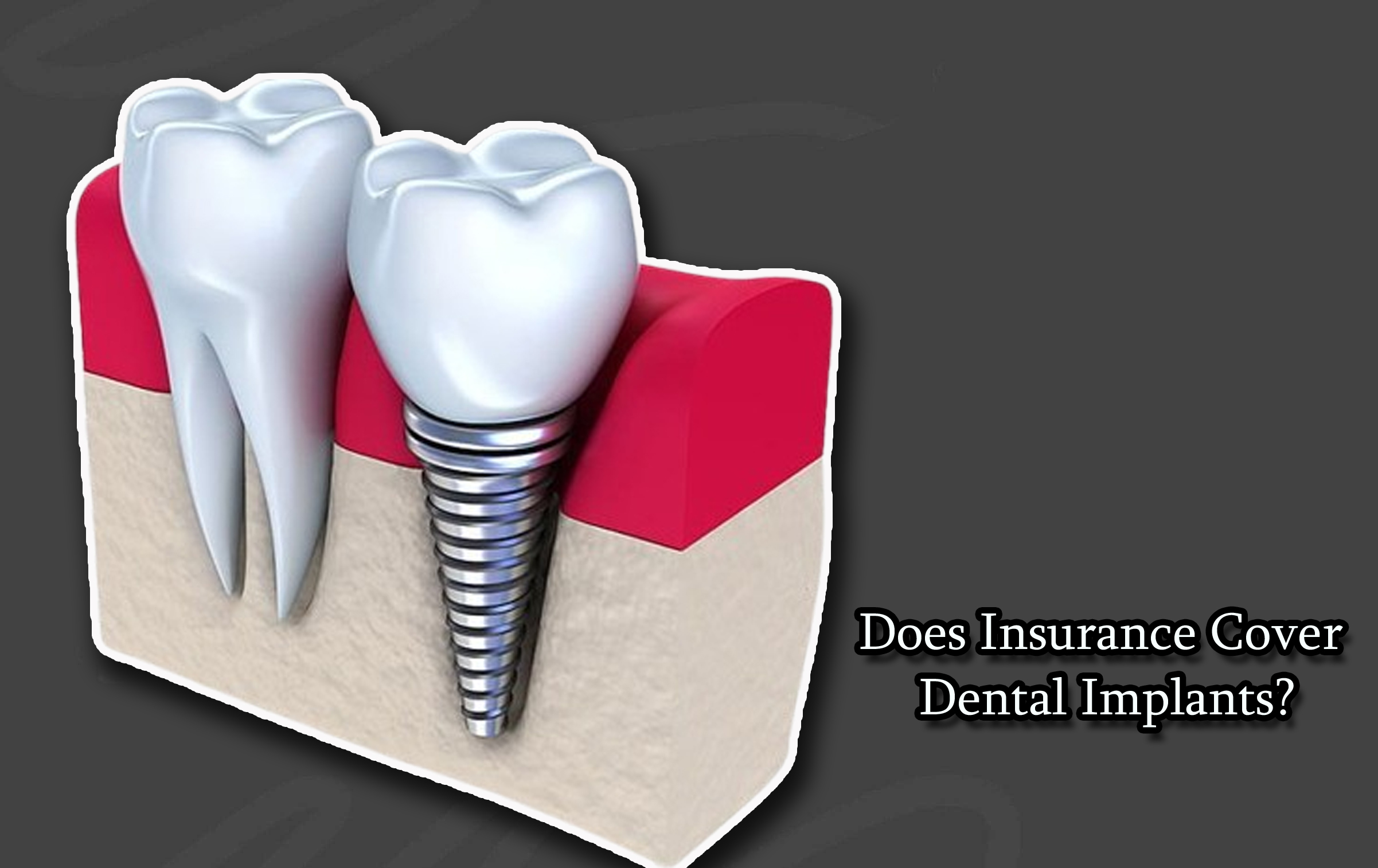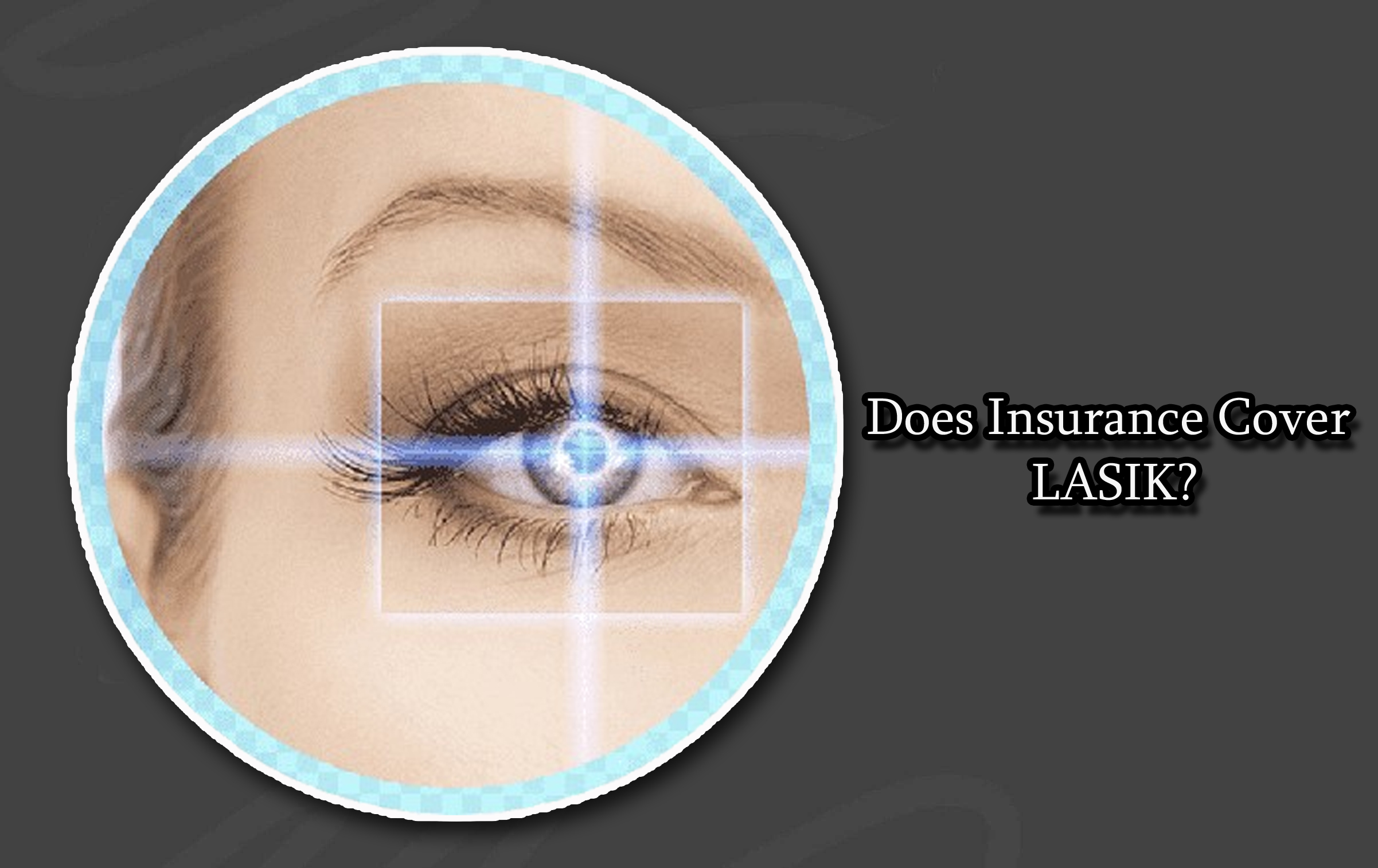Wondering if your insurance will cover the cost of dental implants? Dental implants can be a significant investment, and many people are unsure if their insurance will help cover the expenses.

However, while dental implants offer a long-lasting solution for missing teeth, they can be expensive. And insurance coverage varies depending on your plan. Some policies may cover part of the procedure, while others might not include it at all.
Moreover, usually dental insurance plans focus on basic care, such as cleanings, fillings, and extractions, while major procedures like implants may only be partially covered or excluded entirely.
Some policies might cover the implant crown but not the surgery itself, while others may consider implants a cosmetic procedure and offer no coverage.
Therefore, it’s important to review your plan carefully and talk to your insurance provider to understand what’s included and what out-of-pocket costs you might face.
But in the meantime, in this blog post, we will explore all you need to know about Dental Insurance and dental implants, including how to know if your dental insurance covers dental implants.
What Are Dental Implants?
Dental implants are artificial tooth roots made of metal, usually titanium, that are placed into your jawbone to hold a replacement tooth or bridge.
They act like real tooth roots and help support crowns, bridges, or dentures, making them a strong and permanent solution for missing teeth. Implants look and function like natural teeth, allowing you to eat and speak normally.
Dental implants are a popular option for replacing missing teeth because they are durable and look natural. However, they can be expensive, which is why many people wonder if their insurance will help cover the cost. Well, fret not; here you’ll have all your possible questions answered.
Does My Dental Insurance Cover Dental Implants?
If you’re thinking about getting dental implants, you might wonder if your dental insurance will help pay for them. Coverage for dental implants can vary widely depending on your insurance plan.
Many dental insurance plans focus on basic treatments like cleanings, fillings, and extractions. Because dental implants are considered a major procedure, some plans may only cover a part of the cost, while others might not cover them at all.
To find out if your insurance covers dental implants, check your policy details or contact your insurance provider. Ask about what’s included, such as the surgery, the implant itself, and any follow-up care.
Knowing your coverage can help you understand the costs and plan for your treatment.
How Much Does Dental Implant Cost Without Insurance?
If you don’t have dental insurance, the cost of getting a dental implant can be quite high. On average, you can expect to pay around $4,929 for a single tooth implant.
This total includes several components: the cost for tooth extraction is about $135, and if a bone graft is needed, that can add around $552.
However, the dental implant itself usually costs about $2,013, along with a prefabricated abutment for around $718 and an implant-supported crown at approximately $1,511.
So, if you are missing multiple teeth, you might consider an implant-supported bridge, which averages about $6,200, or implants to support full dentures, costing around $6,800.
These expenses can quickly add up, so it’s important to plan ahead and explore your options if you’re considering dental implants without insurance.
How Much Does Dental Implant Cost With Insurance?
The cost of a dental implant with insurance depends on your plan and your dentist’s fees. After meeting your deductible, insurance usually covers 10% to 50% of the cost. For example, if an implant costs about $2,000, you might pay between $1,000 and $1,800.
You also need to pay for the crown and abutment. With insurance, a porcelain crown usually costs between $755 and $1,360, while a prefabricated abutment ranges from $358 to $645. Together, the total cost for the implant, abutment, and crown can range from about $2,113 to $3,805, depending on your coverage.
However, note that additional costs may apply if you need a bone graft or tooth extraction, so it’s important to check your insurance details.
Alternatives to Dental Implants
If dental implants aren’t the right choice for you, there are several alternatives to consider for replacing missing teeth. They include:
Dental Bridge
A dental bridge uses adjacent teeth as anchors to hold a false tooth in place. It’s a good option for replacing one or more missing teeth and is generally less expensive than implants. However, it may require altering healthy teeth.
Dentures
These can be complete or partial. Complete dentures replace all teeth, while partial dentures fill gaps from missing teeth. They are removable and more affordable but may not feel as secure as implants.
Resin-Bonded Bridges
Often used for front teeth, these bridges require less alteration of nearby teeth. A metal framework is bonded to the back of your natural teeth to hold the false tooth.
Removable Partial Dentures
If you still have some natural teeth, removable partial dentures can help restore function and appearance. They are less permanent but provide a practical solution.
Each option has its advantages and drawbacks, so discussing them with your dentist can help you choose the best fit for your needs.
How Long Are Dental Implants Meant To Last For?
Dental implants are designed to be a long-lasting solution for missing teeth. With proper care, including good oral hygiene and regular dental check-ups, implants can last 10 to 15 years or even longer.
The implant itself, which is placed in the jawbone, can remain intact for a lifetime, but the crown on top may need replacement after about 10 to 15 years due to wear and tear.
Overall, many people find dental implants to be a durable and effective option for restoring their smiles.
Bottom Line
Dental implants can be costly, and whether your insurance helps pay for them depends on your plan. Many insurance policies only cover part of the cost, focusing more on basic care. Without insurance, a single dental implant usually costs about $4,929.
With insurance, you might pay between $1,000 and $1,000 after your deductible. However, if implants aren’t the right choice for you, there are alternatives like dental bridges and dentures.
It’s also important to check your insurance details and talk to your dentist to make the best choice for your needs.








